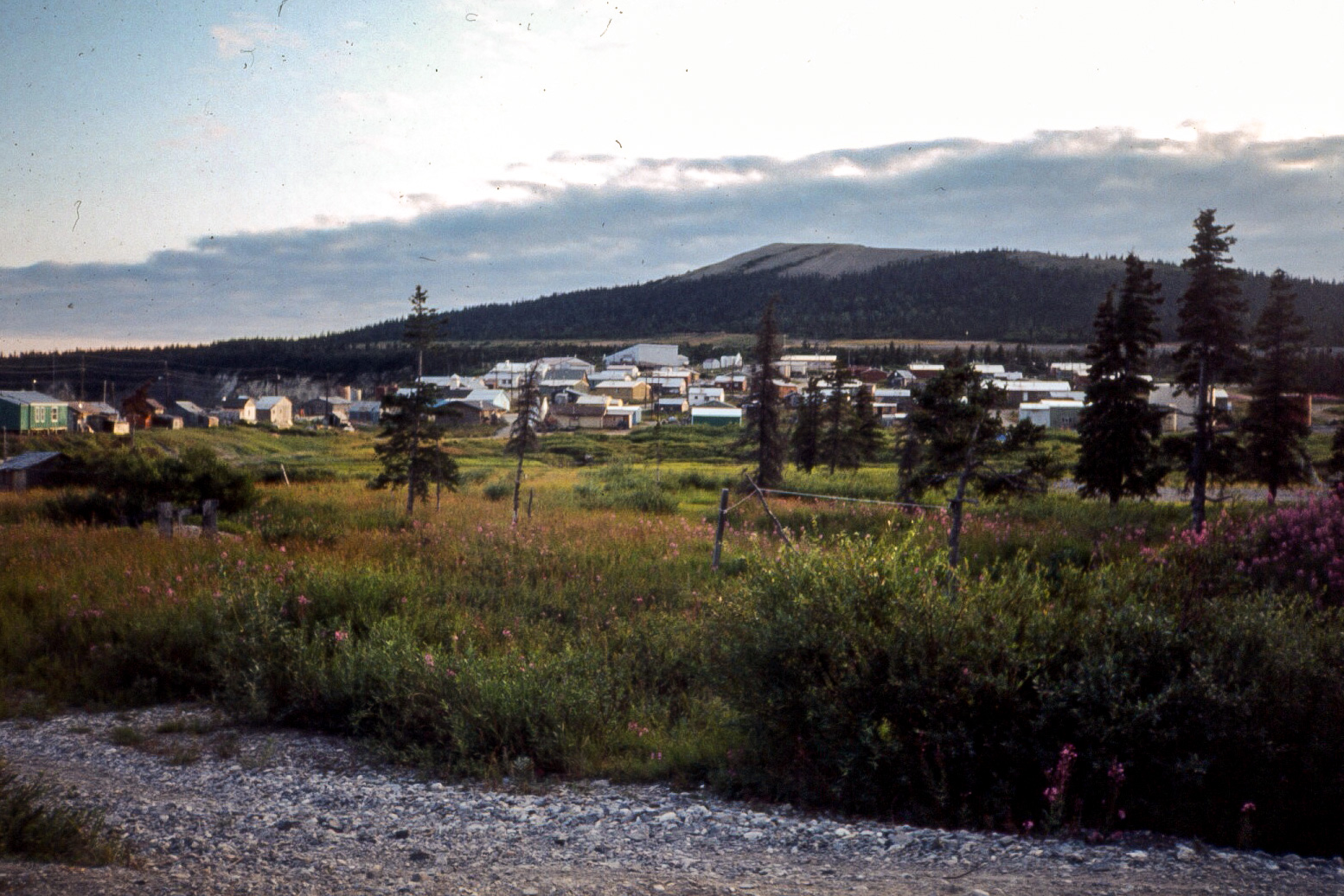Panther Minerals Inc.’s June exploration program intends to more accurately assess the amount of uranium at the Boulder Creek property 30 miles north of Elim. That’s according to David Hedderly-Smith, who owns federal mining claims for the property through his company Tubutulik Mining Company LLC. In addition to signing a letter of intent to sell the property to Panther Minerals, Hedderly-Smith has signed on as a consultant for the project.
The 76 year old has worn many hats over the course of his career in mining, including serving as the Deputy Director for Minerals of the Alaska Department of Natural Resources in the 1980s. Reflecting on a career in which he spent countless days in villages, Hedderly-Smith noted in an email that he understands Alaska Natives “probably better than 99% of Alaskans.”
Past surveys revealed that the Boulder Creek property contained around one million pounds of uranium. With the critical mineral trading at around $90 per pound, the current value of the property stands at $90 million. According to Hedderly-Smith, that simply isn’t enough to convince Panther Minerals to advance plans for a mine.
Approximate Boulder Creek Site
“$90 million doesn’t go very far when you’re developing a deposit out in the middle of nowhere,” Hedderly-Smith said. “The reserves probably got to be increased 100 fold, certainly 30 or 40 fold.”
Speaking speculatively, the claim owner suggested that should the Canadian company decide to move forward with mining they would seek to establish a mining district. A five to six mile gravel road would be established to link mining sites and the runway at Admiralty Creek together. Due to the remote location, all materials mined would need to be flown from the site, further increasing expenses. Hedderly-Smith noted that as expenses pile up, mining companies tend to lose motivation to pursue projects.
“I will tell you, quite frankly, basically the rule of thumb in the industry is that 1% of the properties that get drilled will become mines,” Hedderly-Smith said.
If it were to move forward, a mine would likely use in-situ leaching (ISL) to extract uranium from the ground. ISL involves injecting a solution into the ground to dissolve minerals in the ore body. The solution, now containing the dissolved minerals, is pumped back to the surface through wells. The minerals are then extracted from the solution at the surface. ISL is considered to be less disruptive to the environment compared to conventional mining methods, although it does rely on native groundwater to operate.
Hedderly-Smith also noted the unique challenges permafrost presents for ISL, a challenge he feels will need further development before any mining begins.
“I don’t think the technology is fully sorted out for in-situ leaching in permafrost environments,” Hedderly-Smith said. “It probably will on its own, while everything else is being done, but right now, I don’t think we have the technology to extract this uranium.”
As the claim owner looks to the future of the property he hopes that a uranium mine will transform Elim’s economy.
“It could be the largest uranium deposit, or, you know, cluster of deposits on American soil and a bunch of these could be land on the Elim native reserve. Elim could become the 'Uranium Capital of America'."
- David Hedderly-Smith
The exploration project has sparked renewed interest in favor and opposition of the region’s uranium potential following nearly two decades of dormancy. At time of writing the Native Village of Elim was preparing a draft resolution opposing the development of a mine. The resolution will seek co-signatures from nearby communities.
What We Know
- Panther Minerals has initiated the permitting process for its exploration program by submitting a “Notice of Operations” to the Bureau of Land Management’s Anchorage Field Office.
- The Boulder Creek property is known to contain uranium with core samples returning varying grade levels.
- Panther Minerals plans to arrive in Nome in June with field work set to begin in July. Plans to build of a 15-20 person camp have been stated by the company.
- The company is weighing options for drilling methods. A reverse circulation air blast drill is a leading candidate.
- Panther Minerals now owns mining claims covering approximately 22,400 acres.
What We Don't Know
- What measures Panther Minerals will put in place to mitigate environmental hazards.
- The precise timeline for permit approval and the commencement of exploration activities.
- The site contains approximately one million pounds of uranium based on historical estimates, although this summer’s exploration program seeks to confirm that.
- Potential environmental and regulatory challenges that might arise during the permitting process.
- The contents of the Notice of Operations submitted to the Bureau of Land Management. A request for an expedited Freedom of Information Act was denied.
This story will be updated as we learn more.





